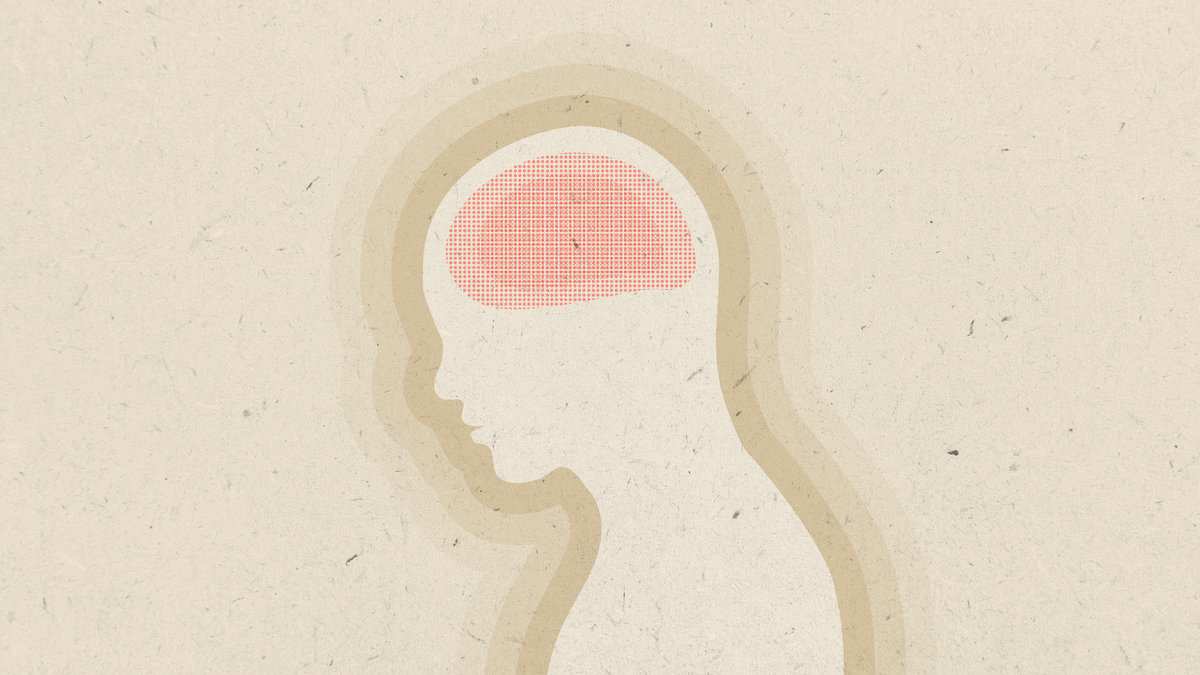Popular post calls attention to physical symptoms of anxiety
In other conversations, social media users discussed substance use, suicide, and increasing loneliness among U.S. adults.

In other conversations, social media users discussed substance use, suicide, and increasing loneliness among U.S. adults.
This week, an X post about anxiety causing digestive symptoms garnered hundreds of thousands of views, leading other users to share their own physical symptoms of anxiety. Other posts discussed the recent death of a singer who has previously disclosed his struggles with suicidal thoughts and substance use disorder, as well as the “loneliness epidemic” among U.S. adults.
Public health communicators may recirculate materials outlining anxiety symptoms and management, share information about suicide warning signs and prevention, offer resources for people with substance use disorder, and provide tools for managing loneliness, especially for high-risk populations.

Insights brought to you by the reporters and science writers of Public Good News (PGN), a nonprofit newsroom dedicated to improving community health.
What’s trending nationally in conversations about mental health
On October 20, an X user shared a post jokingly complaining about anxiety causing digestive problems. The post received approximately 830,000 views, 43,000 likes, 11,000 reposts, and 80 comments as of October 23. In the comments, other users shared the author’s frustration, and some listed their own physical symptoms of anxiety, such as headaches, nausea, chest pain, and IBS.
On October 16, Liam Payne, former member of the pop group One Direction, died after falling from a hotel balcony. While the circumstances around Payne’s death remain unknown, many articles and social media posts discussed how the singer had spoken openly about his struggles with suicidal thoughts and substance use disorder. Comments on a Reddit post cited mental health issues as the driving force behind Payne’s death and alleged abuse toward his former fiancée. Other comments stated that mental health conditions cannot excuse abuse and discussed setting boundaries with people who are experiencing mental health crises.
A recent Gallup poll found that the number of U.S. adults who report feeling lonely on a daily basis has increased in the past year. This comes after the U.S. Surgeon General declared a “loneliness epidemic” in 2023. Now one in five U.S. adults report daily loneliness. Still, the current rate of loneliness remains lower than it was during the first year of the COVID-19 pandemic. Experts quoted in articles covering the poll’s findings attributed increasing loneliness to the approaching presidential election, which may be driving people “indoors to avoid areas of conflict” and the ongoing effects of the COVID-19 pandemic, which led to more people working from home. The articles were shared on X and Facebook, where people discussed their experiences with loneliness in the comments. Some said they felt lonely after the death of a parent or spouse. Others said social media increases loneliness and that people want to be alone because there is “too much toxicity.”

Recommendations brought to you by the health communication experts behind Infodemiology.com.
Recommendations for public health professionals
Each week, the Infodemiology.com team will provide messaging recommendations in response to some of the trending narratives outlined above. These helpful tips can be used when creating content, updating web and FAQ pages, and developing strategy for messaging about mental health.
Conversations about anxiety provide an opportunity to share materials highlighting physical and mental symptoms, as well as tips for recognizing and managing physical anxiety symptoms. Sharing general mental health resources—such as therapist directories, support groups, and local mental health centers—is recommended.
In response to conversations about intimate partner violence and mental health, messaging may discuss how to recognize signs of abusive behavior and direct people to resources like the National Domestic Violence Hotline (800-799-7233) and local shelters for survivors of intimate partner violence.
In light of conversations about substance use disorder and suicide, messaging may explain that substance use disorder is associated with an increased risk of suicide. Sharing tips for recognizing suicide warning signs, plus information about local harm reduction programs and treatment centers, is recommended.
Given the uptick in discussion about loneliness, communicators may share tips for coping with loneliness and establishing connections with others. This is particularly important for community organizations and other partners that serve older adults, who are at a higher risk of experiencing loneliness and its mental and physical health impacts. Communicators may also want to share information about local social groups for older adults, as well as tips for combating loneliness caused by excessive social media use, approaches for talking about politics with friends and family, and boundary-setting tools to help maintain healthy relationships.
